As competition in the digital landscape heats up, hospital marketers need to make sure they’re up to speed on all of the latest trends — here are a few medical marketing stats that are worth remembering.
The way that patients conduct health-related research is evolving rapidly. With the advent of digital media, internet search has replaced traditional methods of information-gathering, and has thus radically transformed the patient path to treatment. Medical marketers have begun adjusting their strategies to accommodate this shift, but their progress has not kept pace with technological advancement.
Simply put, the vast majority of healthcare consumers now rely on the internet as their primary source for health-related information — for hospitals looking to remain competitive and acquire a steady stream of new patients, keeping up to date with the latest digital trends and consumer preferences is key. Here are some noteworthy digital marketing stats that every hospital marketer should be aware of.
Digital Is a Significant Factor in Researching Care
- 77% of consumers use search engines to research treatment
- 83% of patients visit a hospital website before booking an appointment
- 61% of patients visit at least two hospital sites before booking
- 43% of visits to hospital websites begin at a search engine
- 1 in 20 Google searches are health-related, (Gallup)
Mobile Health Continues to Take Off
- 59% of patients say mHealth will significantly change how they research care
- 64% of regular patients, and 82% of those with poorly managed conditions use mHealth services
- 32% of consumers have a mobile health app, a 2x increase since 2013 (PwC)
- 68% of U.S. adults own a smartphone
- 62% of smartphone owners, and 75% of those 18-29, use their device to look up health information (Pew)
Patients Are Increasingly Open to Telehealth
- 80% of patients are open to care alternatives beyond traditional doctor visits
- 60% of patients are open to virtual doctor visits
- 50% of patients are interested in DIY diagnostic tests
- 31% of patients would be willing to monitor their vitals with a wearable device. (PwC)
- 33% of patients already use mobile for health research and appointment booking (Google)
Digital Isn’t Only for the Young
- 61% of Americans age 65 and older are now active internet users, up from 14% in 2000
- Social media usage has tripled among those 65 and older since 2010. (Pew)
Online Content Affects Patient Decisions
- 41% of consumers say that content found on social media will likely impact their choice of hospital or treatment center (PwC).
- 49% of patients begin their search with terms for conditions or diseases
- 48% of patients end up finishing their search using branded terms (Google)
Digital Marketing Continues to Grow
- 76% of healthcare companies reported using digital marketing in 2015
- 52% reported a shift increase in their marketing budget from 2014 to 2015
- By comparison, only 40% of companies reported using traditional advertising in 2015
- The areas of medical marketing that experienced the largest budget increases in 2015 were all digital: content development, search engine marketing, social media, and paid digital advertising (MMM-Online)
To keep up with the digital arms race, hospitals should be continually adapting to patient trends and building out their digital offerings. Of course, these statistics provide only a broad sense of the state of digital health marketing today; hospitals will need to pin down their own patient demographics and optimize their marketing strategies in order to target these groups effectively.
But because digital marketing costs are essentially pennies on the dollar in comparison to traditional methods, hospitals can try out a wide variety of strategies to see which tactics are most effective before scaling a campaign. In other words, use these statistics as a guideline for your own exploration of digital marketing strategies — the more you know about digital, the better off you’re bound to be.















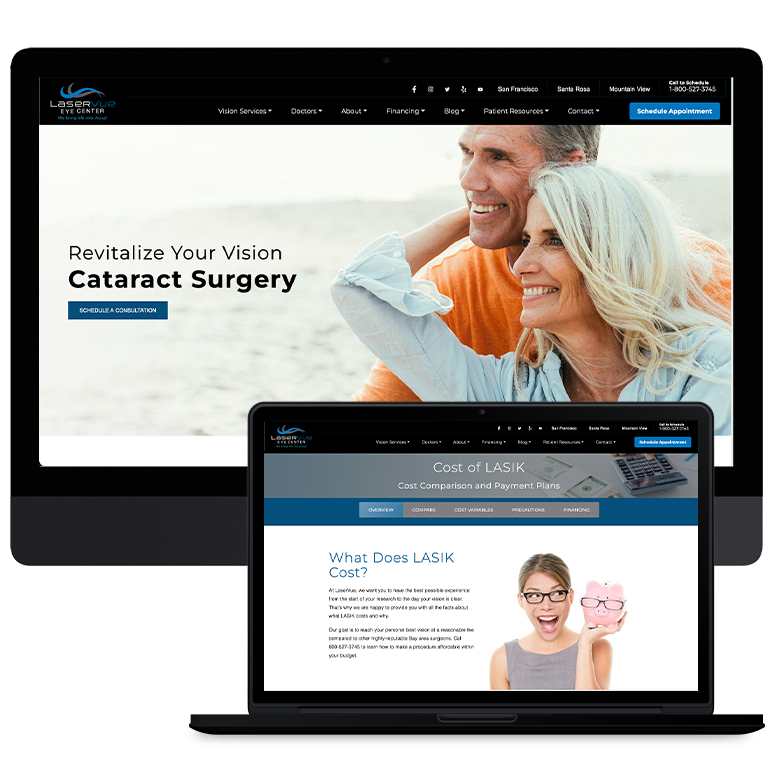
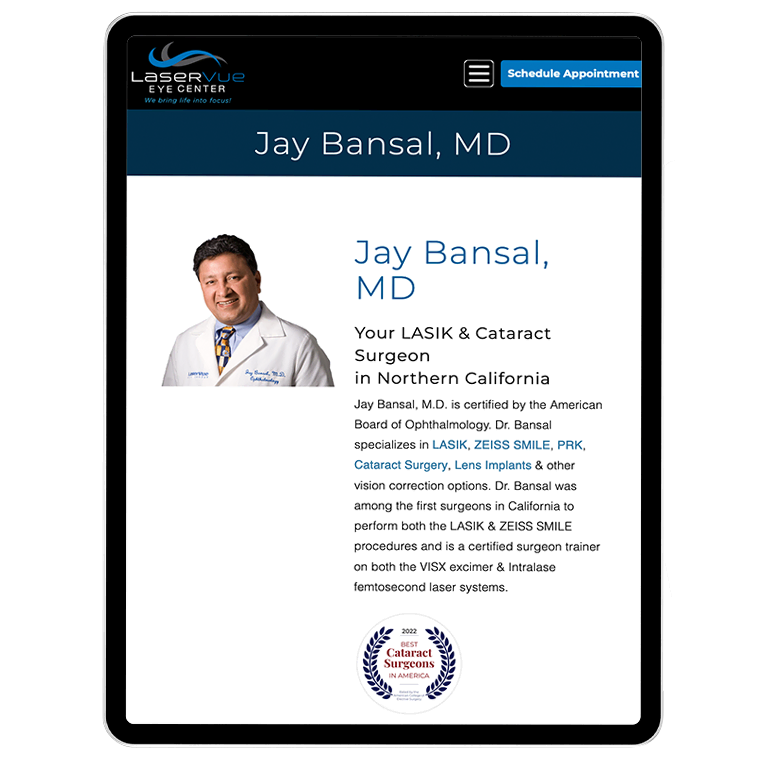


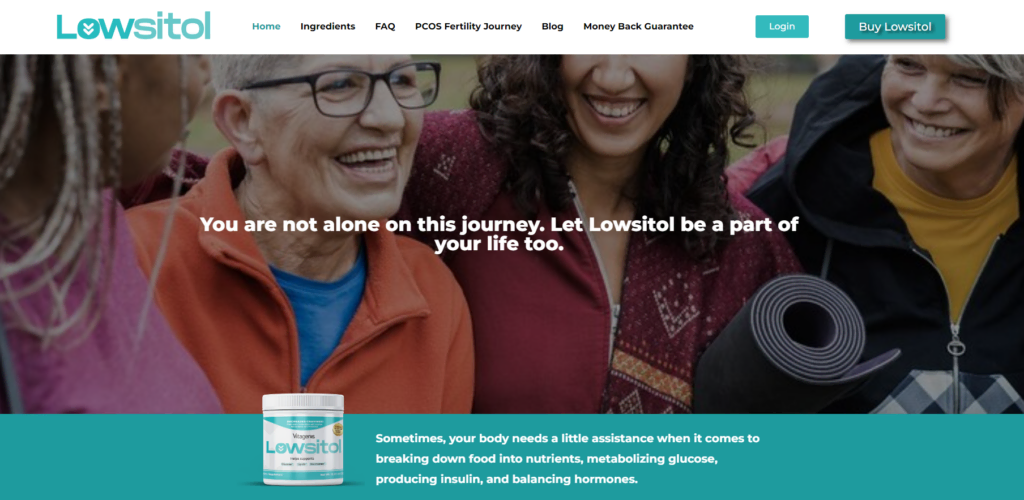


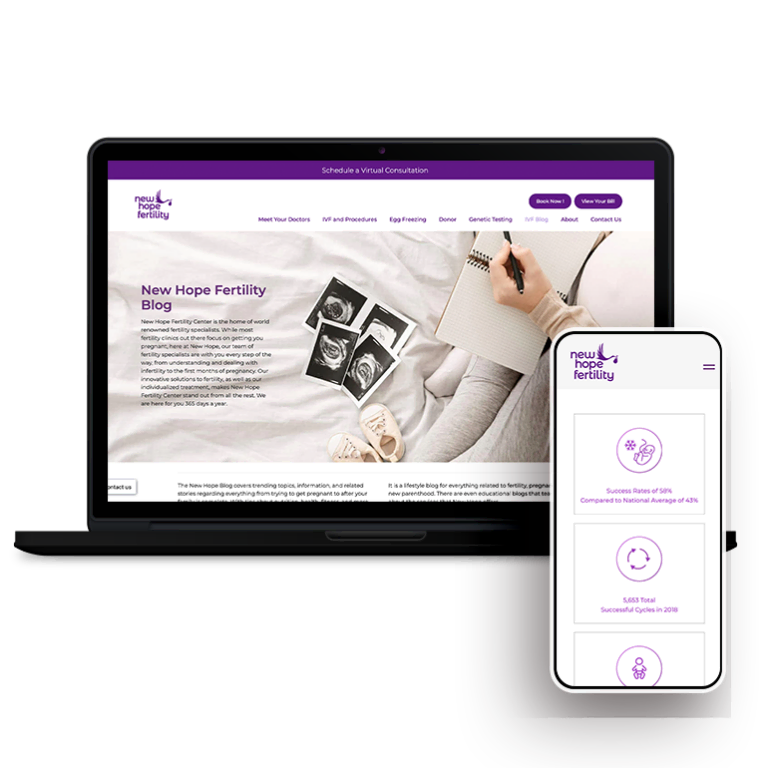
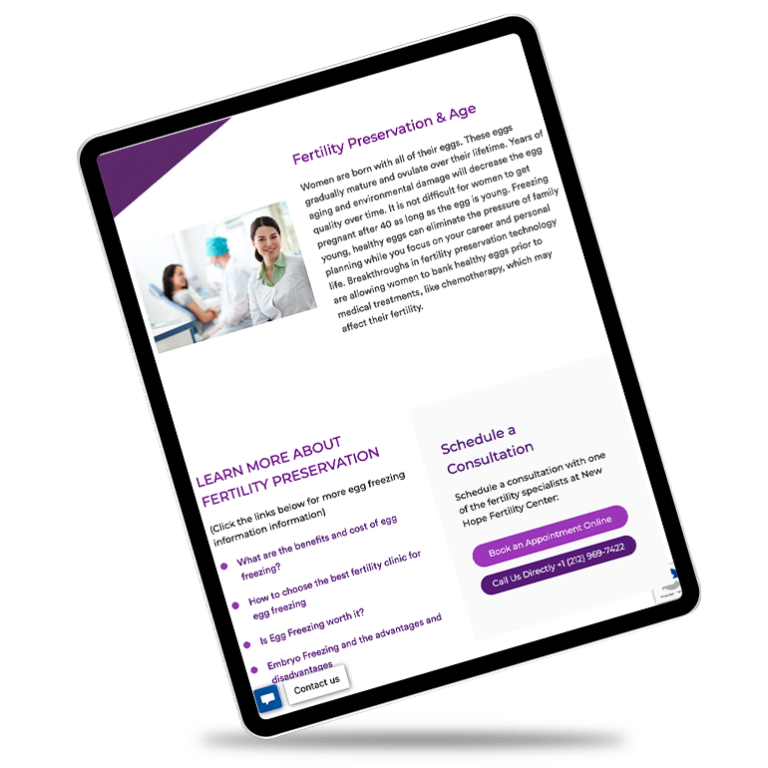

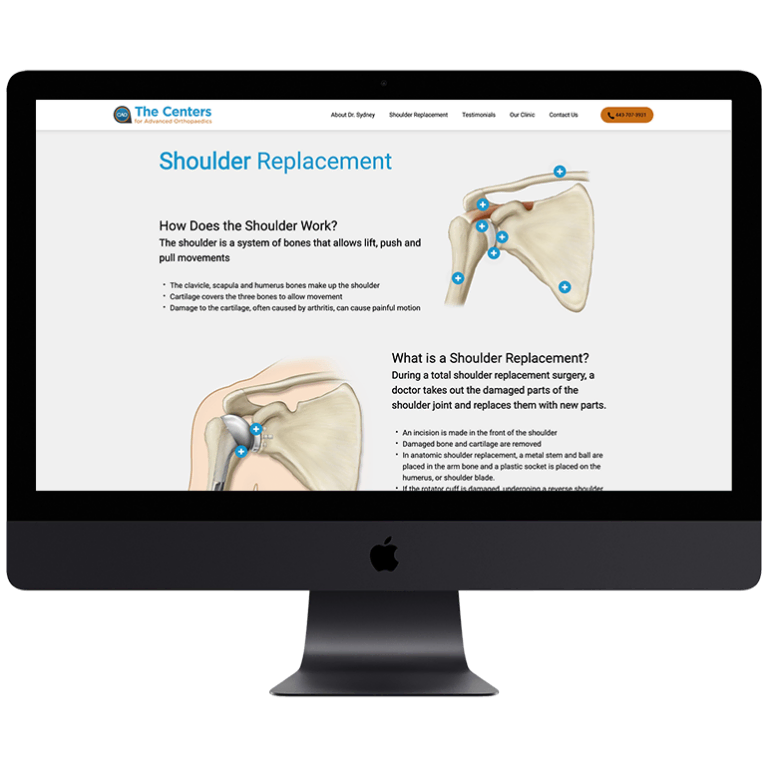



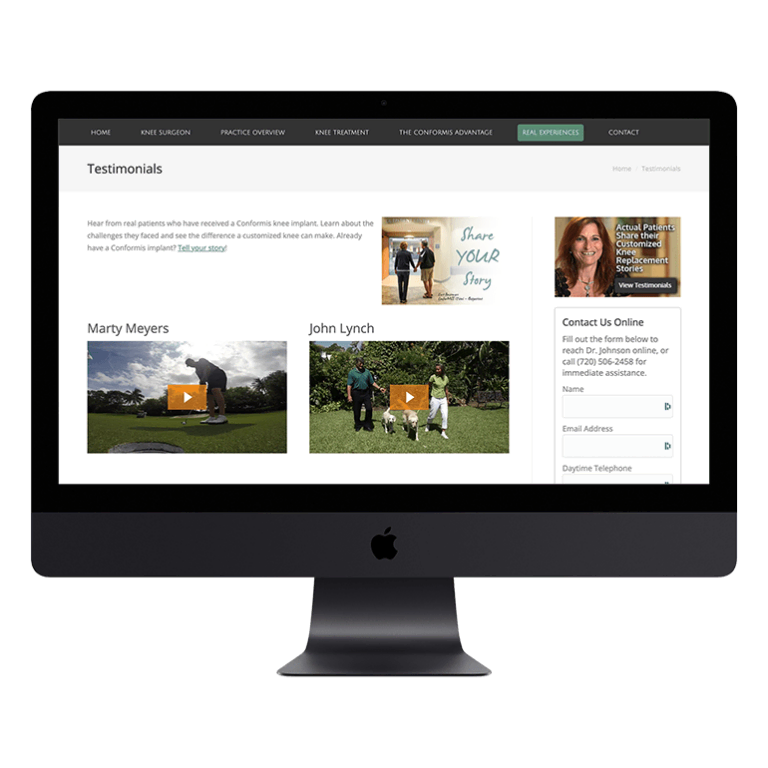

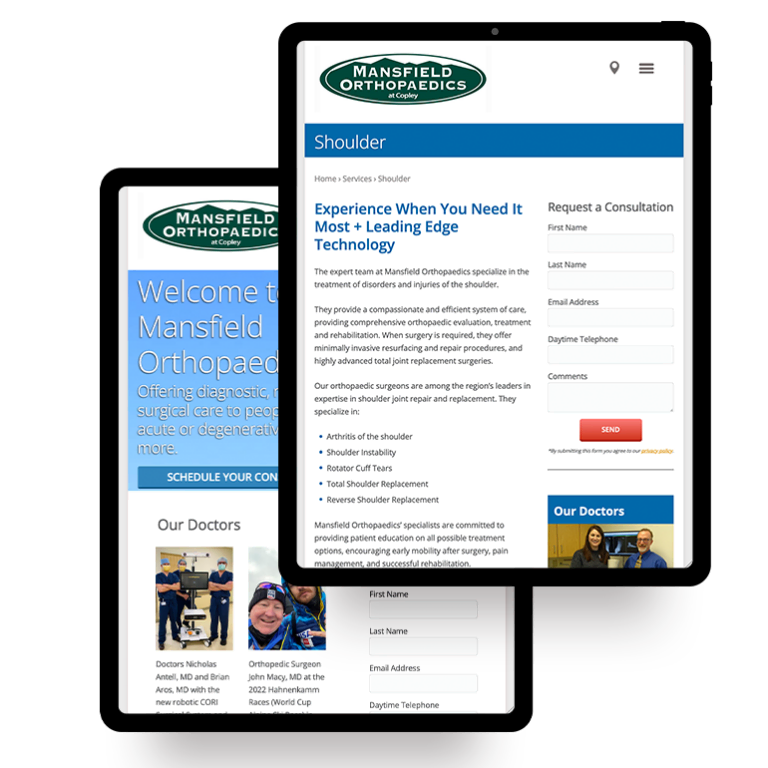

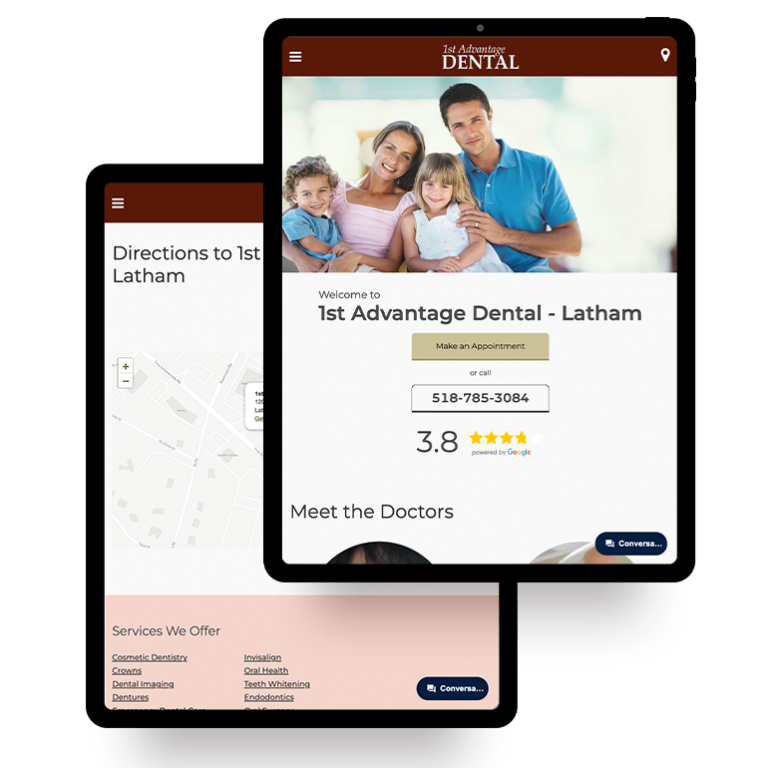

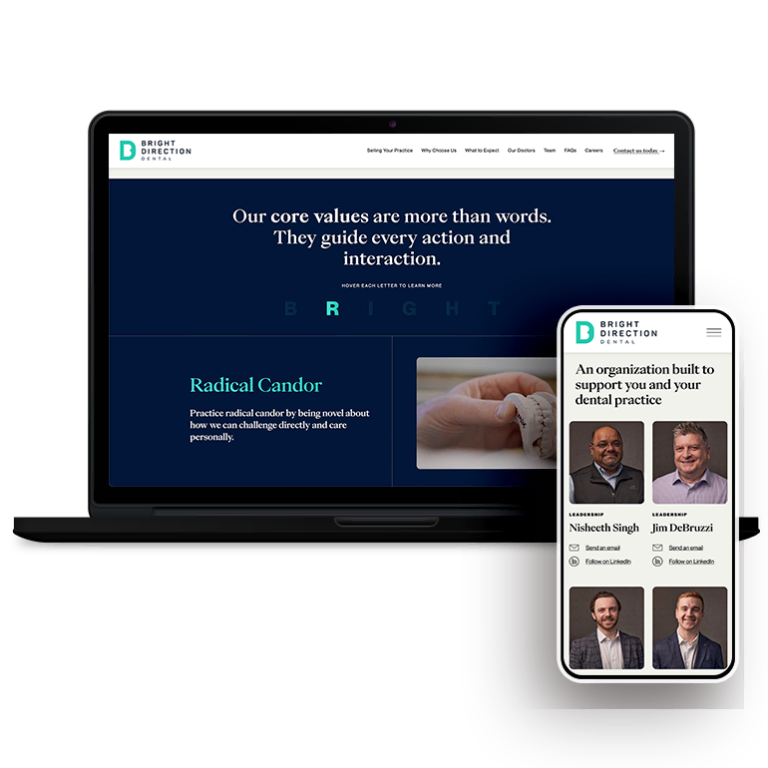
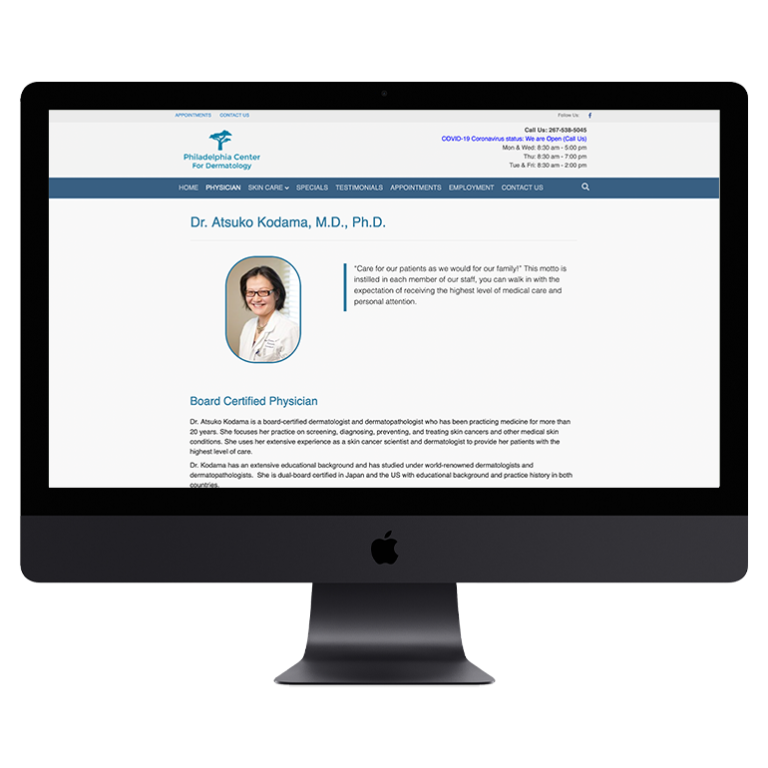
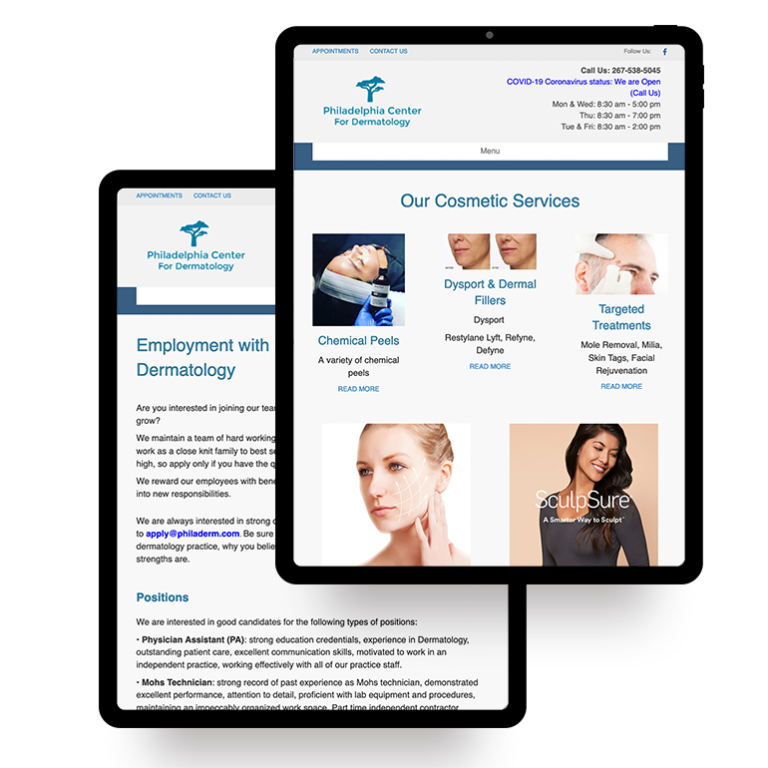



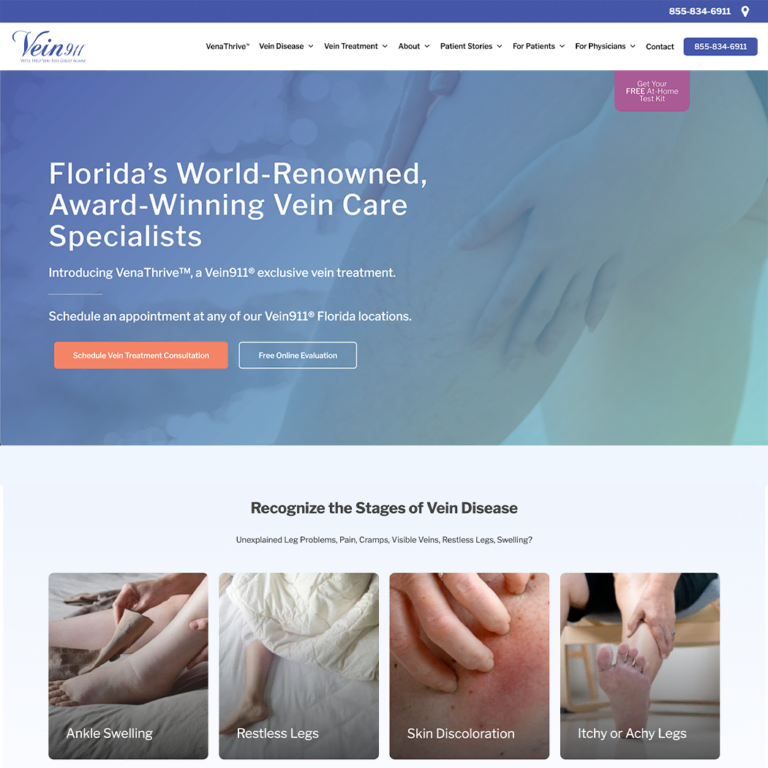
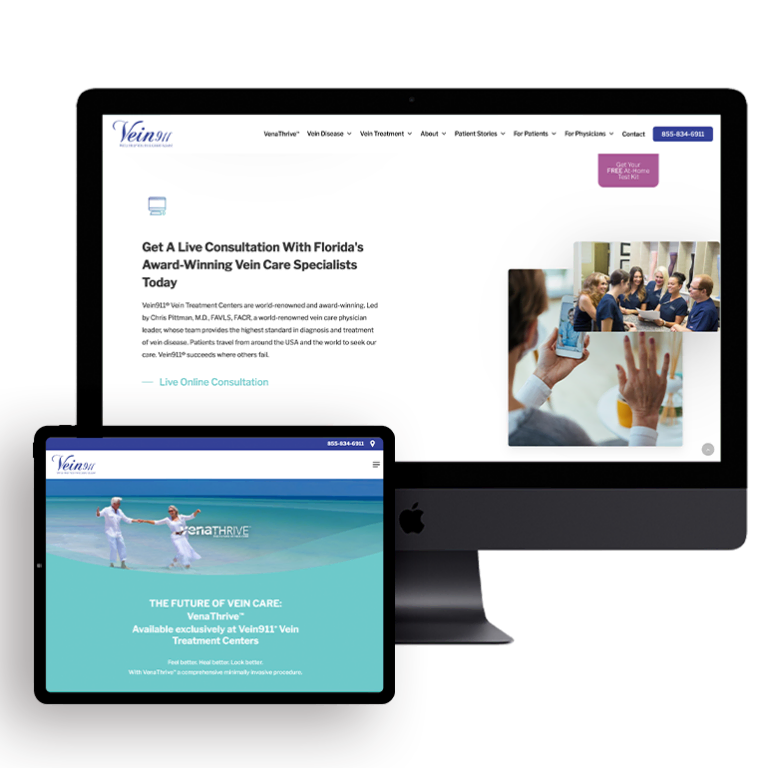
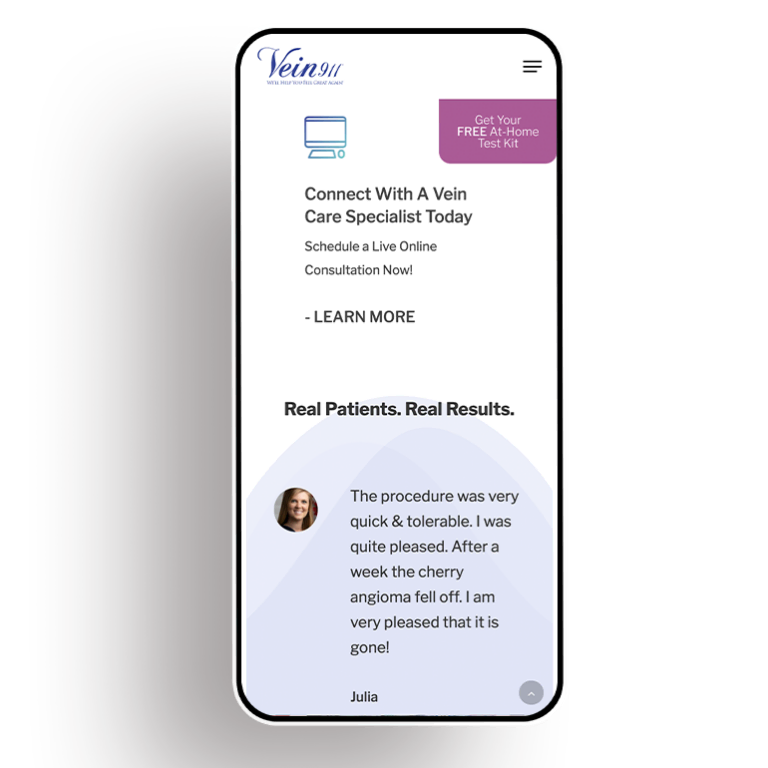

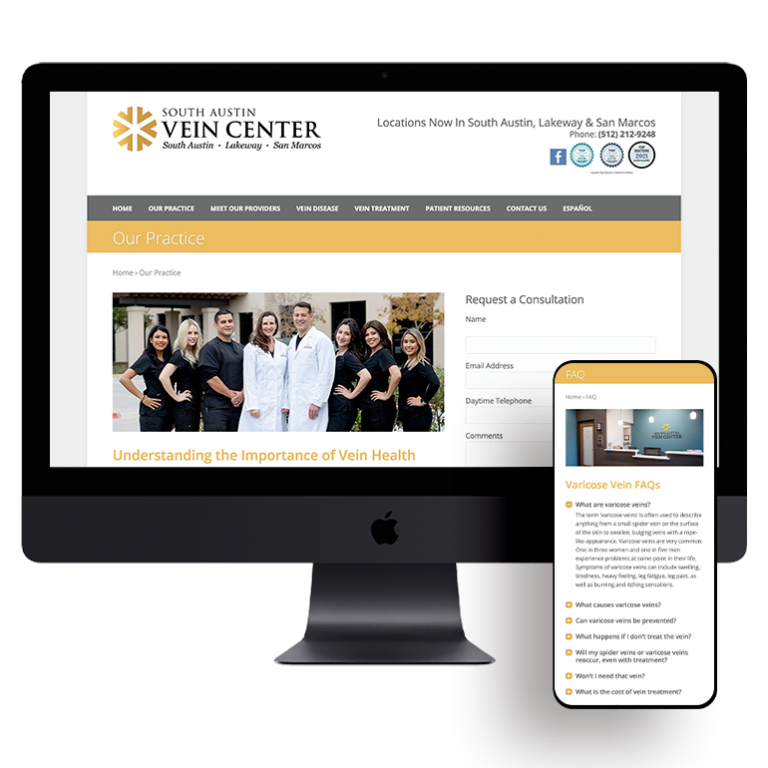
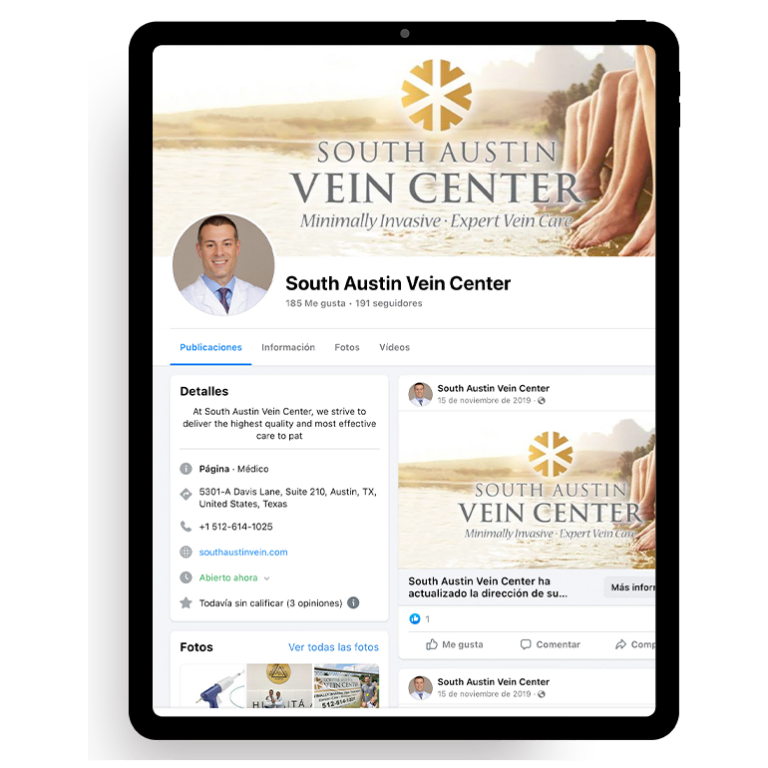



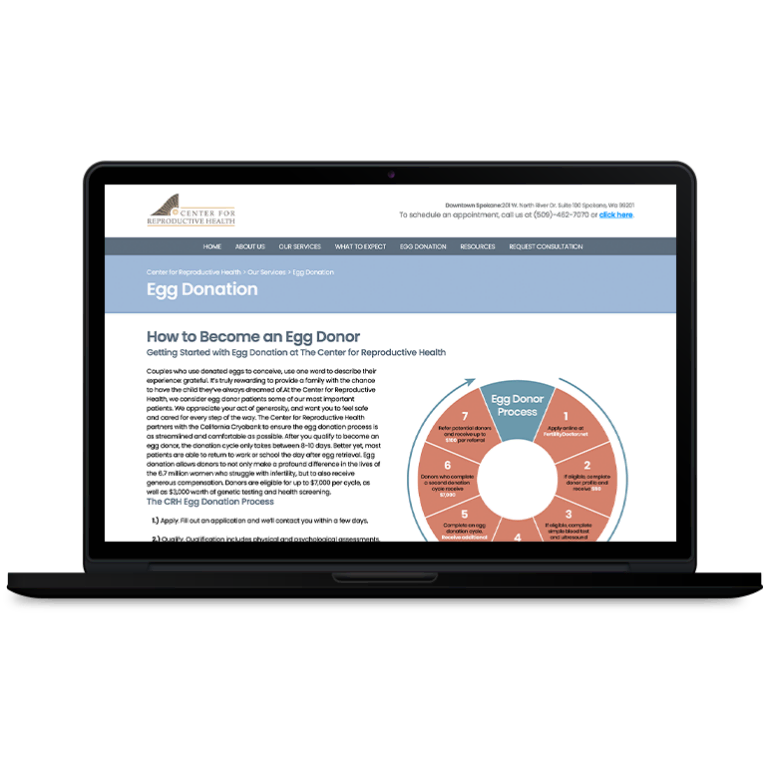
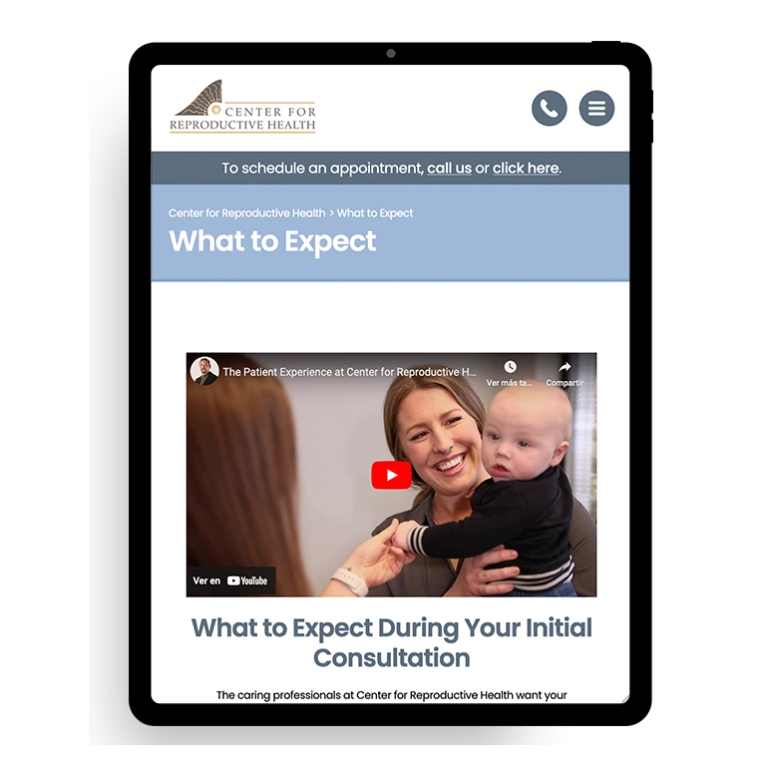
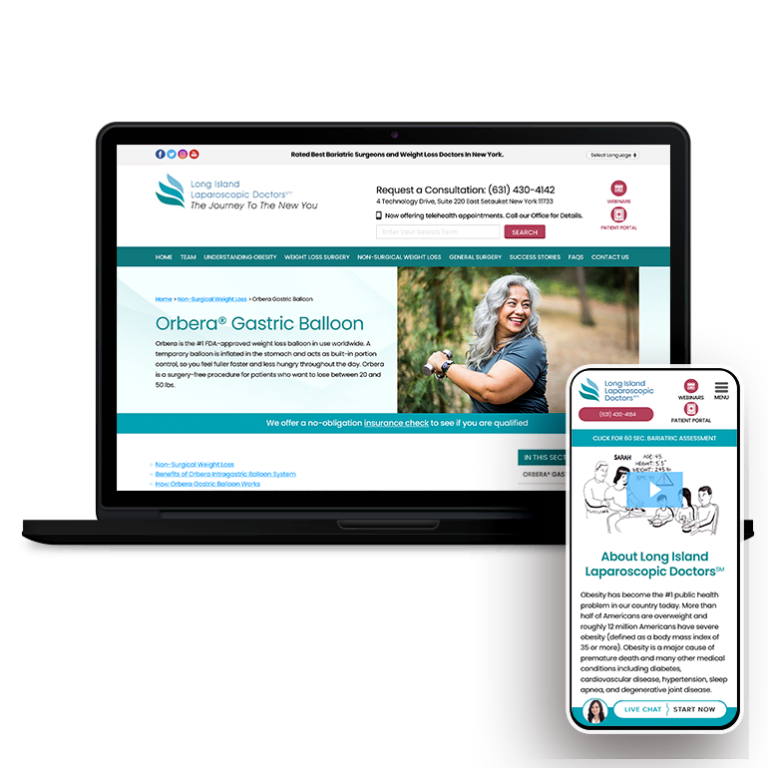
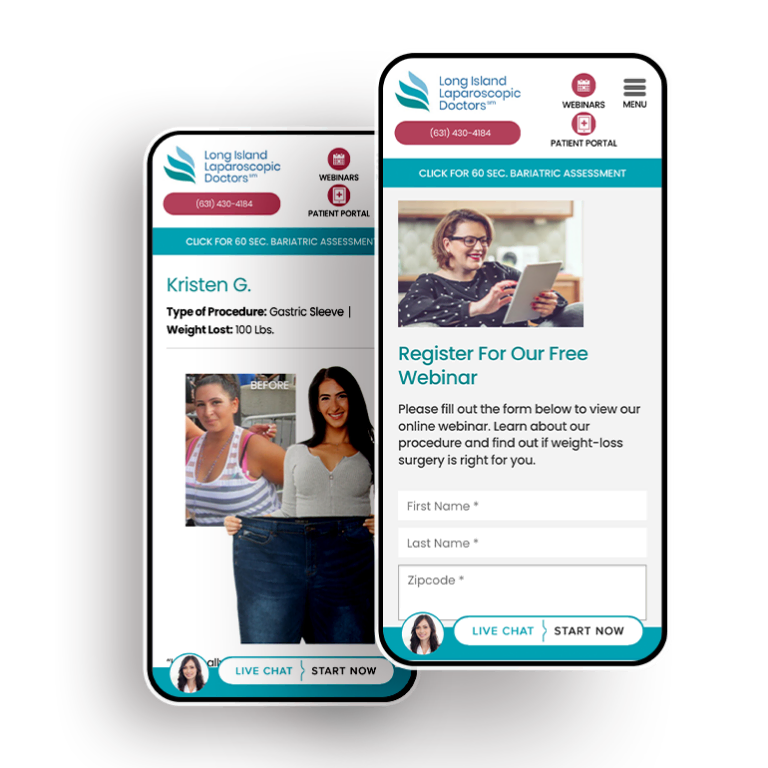
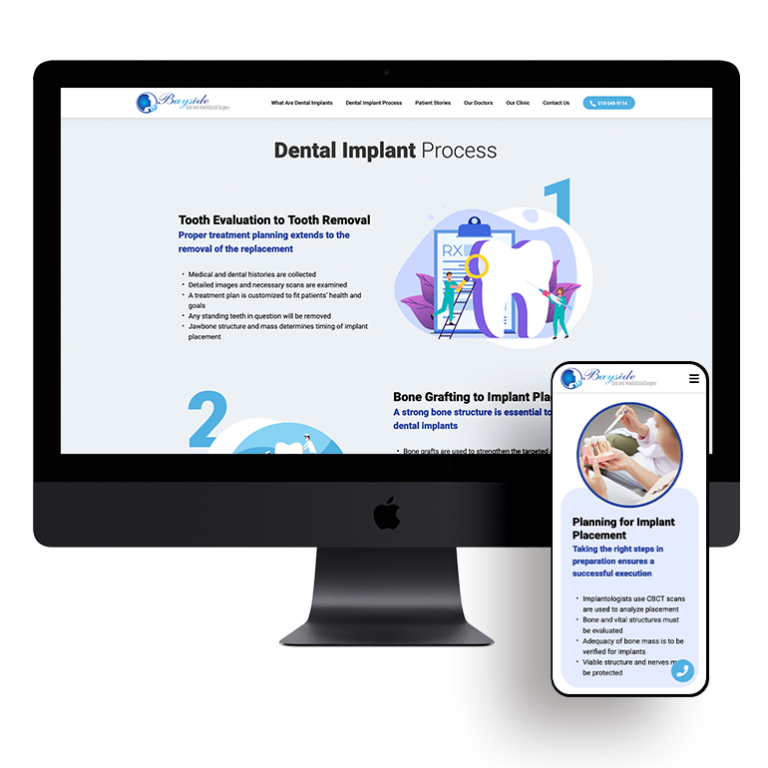

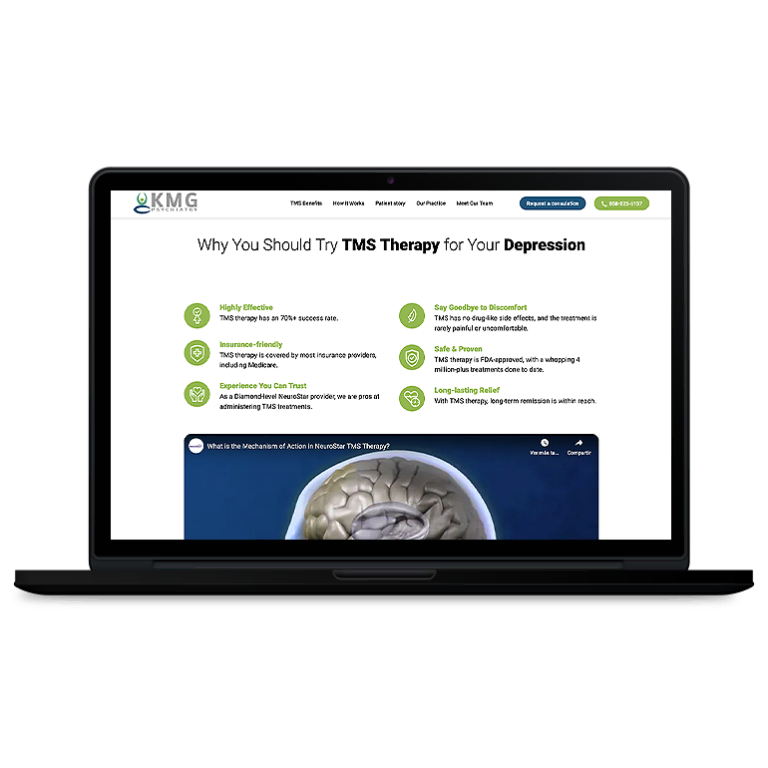


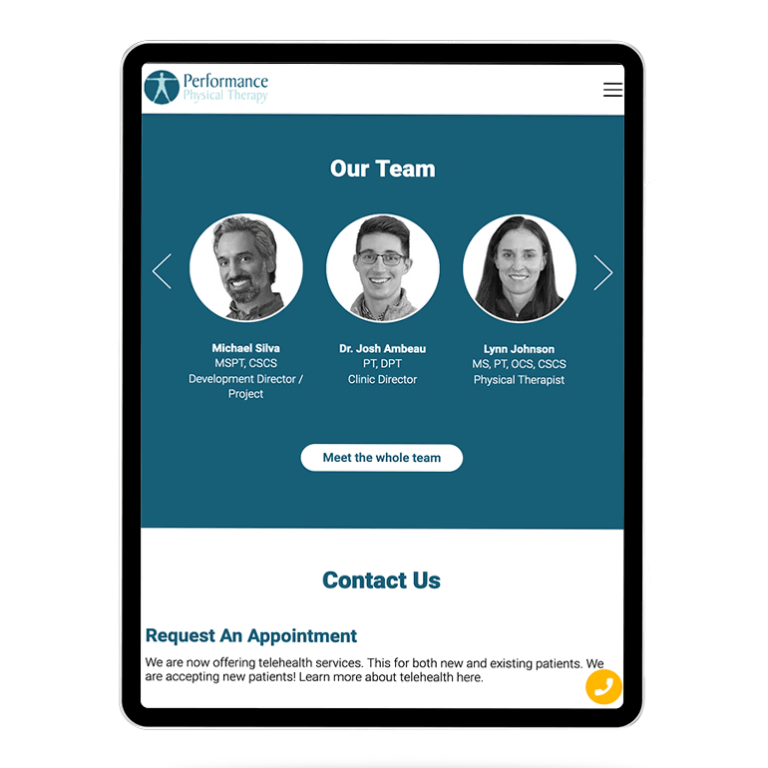


 Smart Design Creates New Patient Opportunities
Smart Design Creates New Patient Opportunities